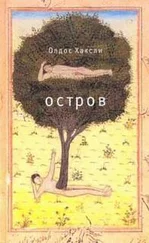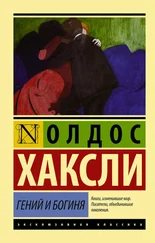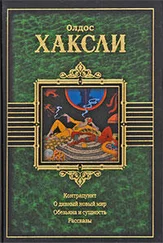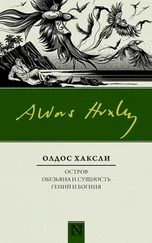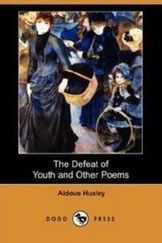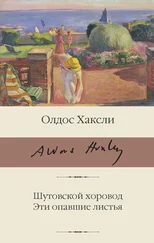From the records of religion and the surviving monuments of poetry and the plastic arts it is very plain that, at most times and in most places, men have attached more importance to the inscape than to objective existents, have felt that what they saw with their eyes shut possessed a spiritually higher significance than what they saw with their eyes open. The reason? Familiarity breeds contempt, and how to survive is a problem ranging in urgency from the chronically tedious to the excruciating. The outer world is what we wake up to every morning of our lives, is the place where, willy–nilly, we must try to make our living. In the inner world there is neither work nor monotony. We visit it only in dreams and musings, and its strangeness is such that we never find the same world on two successive occasions. What wonder, then, if human beings in their search for the divine have generally preferred to look within! Generally, but not always. In their art no less than in their religion, the Taoists and the Zen Buddhists looked beyond visions to the Void, and through the Void at ‘the ten thousand things’ of objective reality. Because of their doctrine of the Word made flesh, Christians should have been able, from the first, to adopt a similar attitude towards the universe around them. But because of the doctrine of the Fall, they found it very hard to do so. As recently as three hundred years ago an expression of thorough–going world denial and even world condemnation was both orthodox and comprehensible. ‘We should feel wonder at nothing at all in Nature, except only the Incarnation of Christ.’ In the seventeenth century, Lallemant’s phrase seemed to make sense. Today it has the ring of madness.
In China the rise of landscape painting to the rank of a major art form took place about a thousand, in Japan about six hundred and in Europe about three hundred years ago. The equation of Dharma–Body with hedge was made by those Zen Masters, who wedded Taoist naturalism with Buddhist transcendentalism. It was, therefore, only in the Far East that landscape painters consciously regarded their art as religious. In the West religious painting was a matter of portraying sacred personages, of illustrating hallowed texts. Landscape painters regarded themselves as secularists. Today we recognize in Seurat one of the supreme masters of what may be called mystical landscape painting. And yet this man who was able, more effectively than any other, to render the One in the many, became quite indignant when somebody praised him for the ‘poetry’ of his work. ‘I merely apply the System,’ he protested. In other words he was merely a pointilliste and, in his own eyes, nothing else. A similar anecdote is told of John Constable. One day towards the end of his life, Blake met Constable at Hampstead and was shown one of the younger artist’s sketches. In spite of his contempt for naturalistic art, the old visionary knew a good thing when he saw it—except, of course, when it was by Rubens. ‘This is not drawing,’ he cried, ‘this is inspiration!’ ‘I had meant it to be drawing,’ was Constable’s characteristic answer. Both men were right. It was drawing, precise and veracious, and at the same time it was inspiration—inspiration of an order at least as high as Blake’s. The pine trees on the Heath had actually been seen as identical with the Dharma–Body. The sketch was a rendering, necessarily imperfect but still profoundly impressive, of what a cleansed perception had revealed to the open eyes of a great painter. From a contemplation, in the tradition of Wordsworth and Whitman, of the Dharma–Body as hedge, and from visions, such as Blake’s, of the ‘wonderful originals’ within the mind, contemporary poets have retreated into an investigation of the personal, as opposed to the more than personal, subconscious and to a rendering, in highly abstract terms, not of the given, objective fact, but of mere scientific and theological notions. And something similar has happened in the field of painting. Here we have witnessed a general retreat from landscape, the predominant art form of the nineteenth century. This retreat from landscape has not been into that other, inner divine Datum, with which most of the traditional schools of the past were concerned, that Archetypal World, where men have always found the raw materials of myth and religion. No, it has been a retreat from the outward Datum into the personal subconscious, into a mental world more squalid and more tightly closed than even the world of conscious personality. These contraptions of tin and highly coloured plastic—where had I seen them before? In every picture gallery that exhibits the latest in non–representational art.
And now someone produced a phonograph and put a record on the turntable. I listened with pleasure, but experienced nothing comparable to my seen apocalypses of flowers or flannel. Would a naturally gifted musician hear the revelations which, for me, had been exclusively visual? It would be interesting to make the experiment. Meanwhile, though not transfigured, though retaining its normal quality and intensity, the music contributed not a little to my understanding of what had happened to me and of the wider problems which those happenings had raised.
Instrumental music, oddly enough, left me rather cold. Mozart’s C–minor Piano Concerto was interrupted after the first movement, and a recording of some madrigals by Gesualdo took its place.
‘These voices,’ I said appreciatively, ‘these voices—they’re a kind of bridge back to the human world.’
And a bridge they remained even while singing the most startlingly chromatic of the mad prince’s compositions. Through the uneven phrases of the madrigals, the music pursued its course, never sticking to the same key for two bars together. In Gesualdo, that fantastic character out of a Webster melodrama, psychological disintegration had exaggerated, had pushed, to the extreme limit, a tendency inherent in modal as opposed to fully tonal music. The resulting works sounded as though they might have been written by the later Schoenberg.
‘And yet,’ I felt myself constrained to say, as I listened to these strange products of a Counter–Reformation psychosis working upon a late mediaeval art form, ‘and yet it does not matter that he’s all in bits. The whole is disorganized. But each individual fragment is in order, is a representative of a Higher Order. The Higher Order prevails even in the disintegration. The totality is present even in the broken pieces. More clearly present, perhaps, than in a completely coherent work. At least you aren’t lulled into a sense of false security by some merely human, merely fabricated order. You have to rely on your immediate perception of the ultimate order. So in a certain sense disintegration may have its advantages. But of course it’s dangerous, horribly dangerous. Suppose you couldn’t get back, out of the chaos….’
From Gesualdo’s madrigals we jumped, across a gulf of three centuries, to Alban Berg and the Lyric Suite .
‘This,’ I announced in advance, ‘is going to be hell.’
But, as it turned out, I was wrong. Actually the music sounded rather funny. Dredged up from the personal subconscious, agony succeeded twelve–tone agony; but what struck me was only the essential incongruity between a psychological disintegration even completer than Gesualdo’s and the prodigious resources, in talent and technique, employed in its expression.
‘Isn’t he sorry for himself?’ I commented with a derisive lack of sympathy. And then, ‘ Katzenmusik —learned Katzenmusik .’ And finally, after a few more minutes of the anguish, ‘Who cares what his feelings are? Why can’t he pay attention to something else?’
As a criticism of what is undoubtedly a very remarkable work, it was unfair and inadequate—but not, I think, irrelevant. I cite it for what it is worth and because that is how, in a state of pure contemplation, I reacted to the Lyric Suite .
Читать дальше
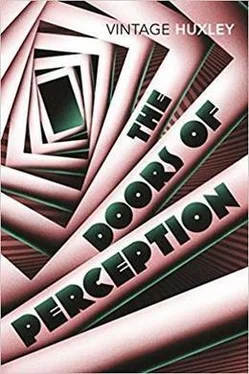
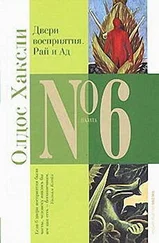

![Олдос Хаксли - О дивный новый мир [Прекрасный новый мир]](/books/11834/oldos-haksli-o-divnyj-novyj-mir-prekrasnyj-novyj-thumb.webp)
